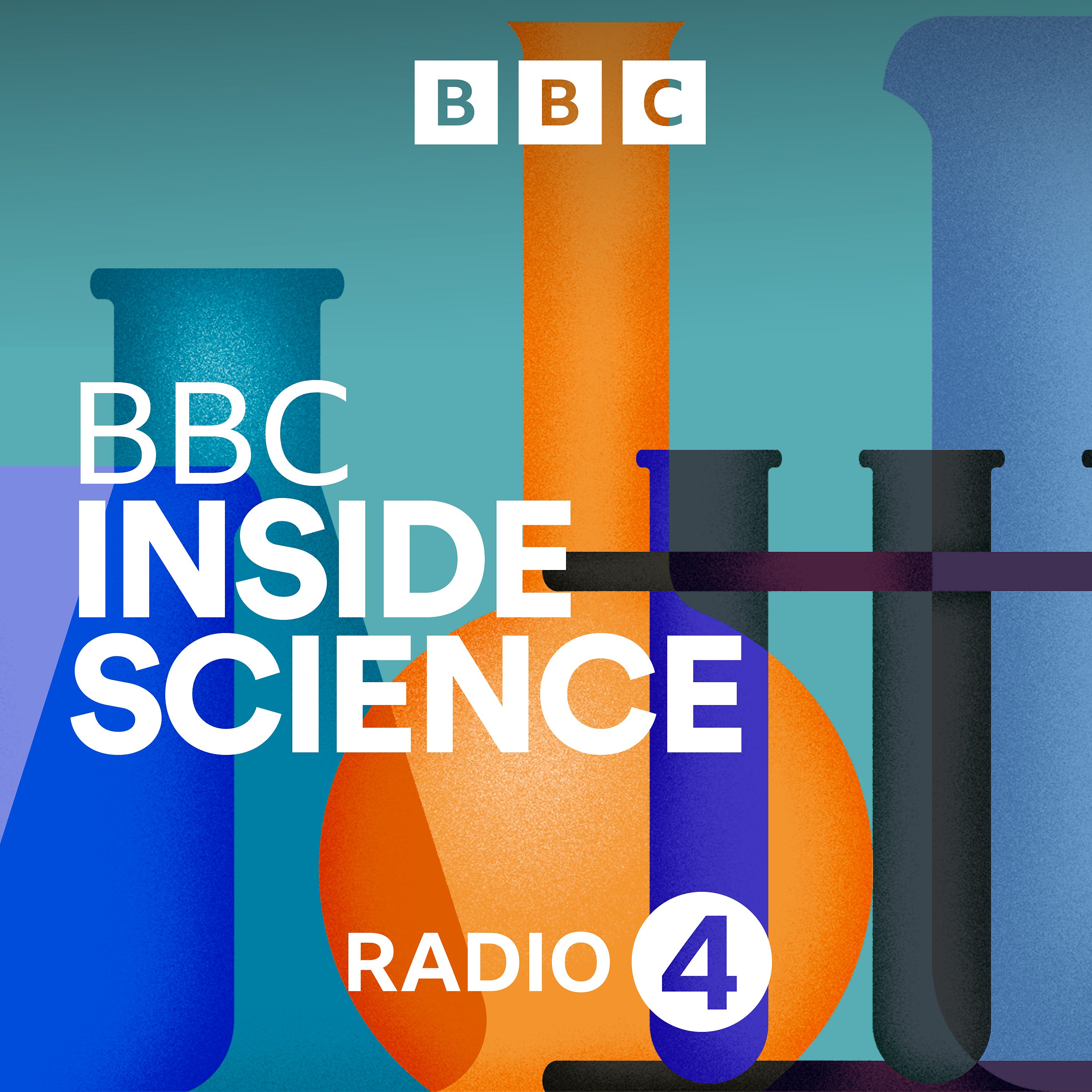Childhood cancers - Ghana telescope - Nano-listening device for cells - Ancient whales

b"
Adam Rutherford goes the pathology archive of Great Ormond Street Hospital in London to hear how tumour samples from child patients about one hundred years ago may improve the diagnosis and treatment of very rare cancers in children today. He meets cancer geneticist Sam Behjati of the Wellcome Trust Sanger Institute and Great Ormond Street pathologist Neil Sebire in the hospital's basement archive.
Africa now has its first radio telescope outside South Africa. It is located in Ghana near the capital Accra. The telescope is in fact a defunct telecoms satellite dish which was spotted on Google Earth images and then re-purposed for cutting edge astrophysics. It is hoped the dish will be the founding instrument of a pan African network of radio telescopes scrutinising exotic celestial objects in the skies above the continent. South African science journalist Sarah Wilds tells the story of how the Ghanaian dish was found and converted.
Nano-engineers in California have created a device 100 times thinner than a human hair which they have used to measure the turbulence created by swimming microbes and record the sounds of heart cells contracting. Don Sirbuly is the professor of nano-engineering at the University of California San Diego who led the team.
A spectacular new whale fossil unearthed Peru is the oldest known member of the evolutionary branch which gave rise to the giant filter-feeding baleen whales of today. The 36 million year old fossil provides evidence for how ancestral whales transitioned from capturing prey with their teeth to filter-feeding with baleen fibres. They may gone through a period of sucking prey from the sea bed.
"